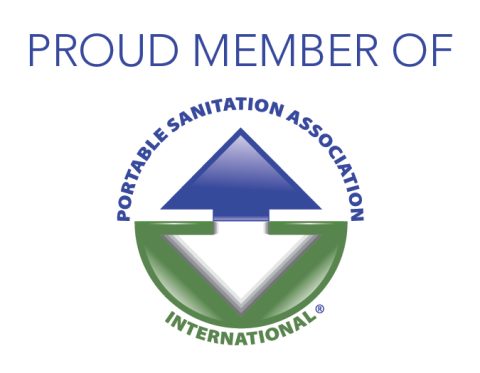Introduction
When organizing an outdoor event, the placement of portable toilets is often an afterthought. However, it plays a crucial role in ensuring attendee comfort, maintaining hygiene, and contributing to the overall success of the event. Let’s explore the intricacies of mobile toilet placement, complete with practical illustrations.
Dos and Don’ts for Portable Toilet Placement
1. Accessibility Matters
Dos:
- Clear Path for Delivery and Retrieval:
- Imagine a bustling concert venue or a lively outdoor wedding. The delivery trucks carrying portable toilets need a clear path to reach the designated spots. Remove any obstacles like barricades, tents, or equipment.
- Illustration: Picture a wide, unobstructed pathway leading to the event area, marked with signs indicating “Toilets Ahead.”
- Proximity to Servicing Areas:
- Portable toilets require regular cleaning and maintenance. Position them within 20 feet of where sanitation services can access them.
- Illustration: Show a map of the event grounds with circles around each portable toilet, highlighting their proximity to service trucks if need be.
- Retrieval Ease:
- Plan for efficient retrieval. After the event, crews will collect the units promptly. Avoid placing them in hard-to-reach corners.
- Illustration: Display a timeline showing the process from delivery to retrieval, emphasizing the importance of accessibility.
Don’ts:
- Obstructed Paths:
- Avoid placing units where trees, tents, or other structures hinder delivery trucks.
- Illustration: Compare a blocked path (with obstacles) to a clear path (without obstacles).
- Inaccessible Spots:
- Steer clear of locations that are challenging to reach. Hills, rocky terrain, or narrow alleys are no-go zones.
- Illustration: Show a portable toilet precariously perched on a steep slope versus one on level ground.
2. Location Basics
Dos:
- Dimensions and Area Coverage:
- Understand the dimensions of the rented units. Calculate the total area they’ll occupy when placed side by side.
- Illustration: Overlay scaled-down portable toilet shapes on a floor plan, demonstrating how they fit together.
- Solid Ground Is Key:
- Choose level, solid, and dry ground. Concrete, asphalt, or gravel surfaces work best.
- Illustration: Contrast a stable surface (concrete) with an unstable one (muddy grass).
3. Crowd Flow and Satisfaction
Dos:
- Strategic Placement Near Action:
- Position portable toilets near high-traffic areas: food stalls, stages, and seating zones.
- Illustration: Show icons representing toilets near food trucks, music stages, and picnic spots.
- Privacy Considerations:
- Balance convenience with privacy. Avoid placing units smack in the middle of the crowd.
- Illustration: Depict well-placed portable toilets discreetly tucked away from the main event area.
- Cluster Placement:
- If you have multiple units, cluster them. Each cluster should have at least one accessible unit.
- Illustration: Arrange portable toilets in clusters, emphasizing the convenience for attendees.
- Public Property and Permits:
- On public property, check local regulations. Some areas require permits for event-related facilities.
- Illustration: Display a permit sign next to a row of portable toilets.
Ready to elevate your event planning? Follow these guidelines for portable toilet placement, and your attendees will appreciate the thoughtful convenience. We good at this. Contact us for more guide.






